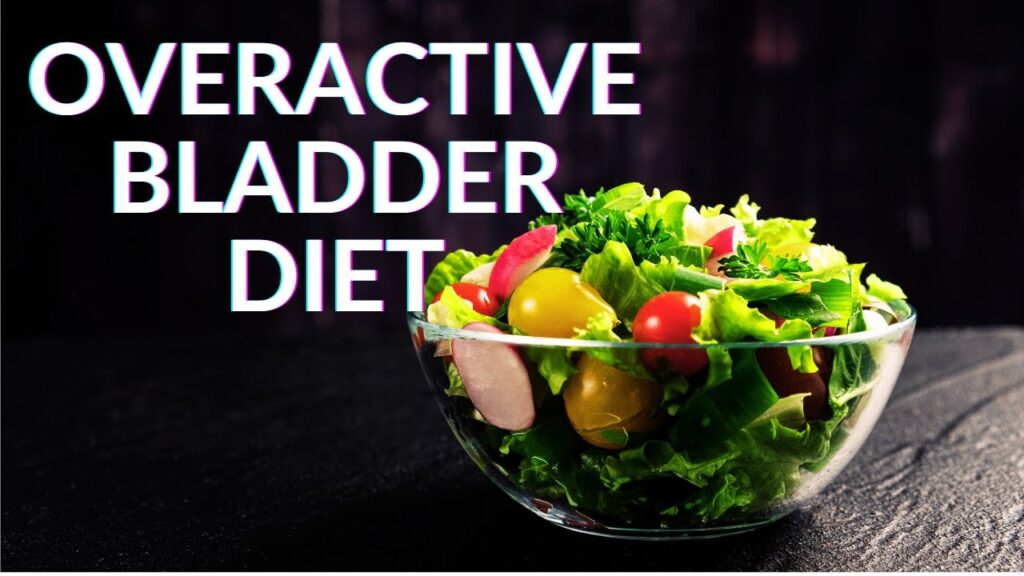
Are you constantly running to the bathroom? Does your overactive bladder interrupt your daily routine or disturb your sleep at night?
You’re not alone. Overactive bladder (OAB) affects millions of people globally — but the good news is, your diet could be the key to better bladder control.
In this comprehensive guide, we’ll explore the best and worst foods for bladder health, effective natural remedies for overactive bladder, and lifestyle changes to help you take back control.
🌟 What Is Overactive Bladder?
Overactive bladder is a condition where the bladder muscles contract involuntarily, causing sudden urges to urinate — often leading to leakage, frequent bathroom trips, and nocturia (waking up at night to urinate).
While medications and pelvic floor exercises help, dietary choices play a major role in managing OAB symptoms. Certain foods irritate the bladder, while others help soothe and support it.
❌ Worst Foods and Drinks for Overactive Bladder
Avoiding bladder irritants can dramatically reduce the symptoms of urgency and frequency. Here are the top culprits:
1. Caffeinated Beverages
Coffee, tea, and energy drinks contain caffeine, a diuretic that increases bladder activity. Reducing or eliminating caffeine can help decrease urgency and frequency.
2. Alcohol
Alcoholic drinks like beer, wine, and liquor are diuretics that increase urine production and bladder sensitivity.
3. Carbonated Drinks
Sodas and sparkling water contain carbonation and acids that can irritate the bladder lining.
4. Spicy Foods
Chilies, spicy sauces, and hot curries may trigger bladder spasms and worsen symptoms.
5. Citrus Fruits and Tomatoes
Oranges, grapefruits, lemons, and tomatoes are acidic and known to irritate the bladder lining.
6. Artificial Sweeteners
Found in sugar-free gum, diet soda, and low-calorie snacks, artificial sweeteners like aspartame and saccharin may worsen urinary urgency.
7. Chocolate
Chocolate contains both caffeine and acidity, which can aggravate the bladder.
✅ Best Foods for Overactive Bladder Relief
Choosing the right foods can support bladder function, reduce inflammation, and ease OAB symptoms naturally.
1. High-Fiber Foods
Constipation puts pressure on the bladder. Include whole grains, oats, brown rice, and vegetables to stay regular.
2. Lean Proteins
Stick to chicken, fish, eggs, tofu, and turkey—these are easy on the bladder and packed with nutrients.
3. Non-Acidic Fruits
Enjoy bananas, pears, apples, and berries without the worry of triggering irritation.
4. Vegetables
Carrots, broccoli, cucumbers, and leafy greens are packed with fiber and antioxidants without irritating the bladder.
5. Herbal Teas
Chamomile and peppermint tea can calm bladder spasms and reduce inflammation, unlike caffeinated options.
6. Water (in Moderation)
Staying hydrated helps flush toxins, but avoid overdrinking. Sip water steadily throughout the day rather than gulping large amounts.
🌿 Natural Remedies for Overactive Bladder
Along with a bladder-friendly diet, these natural remedies and lifestyle changes can help restore bladder control.
1. Bladder Training
Gradually increase the time between bathroom visits to retrain your bladder and reduce urgency.
2. Kegel Exercises
Strengthen your pelvic floor muscles to support bladder control and reduce leakage.
3. Limit Fluids Before Bed
Avoid heavy fluid intake 2–3 hours before bedtime to reduce nighttime urination.
4. Eat Magnesium-Rich Foods
Nuts, seeds, leafy greens, and whole grains support muscle relaxation and reduce bladder spasms.
5. Try Pumpkin Seeds and Saw Palmetto
Pumpkin seeds support urinary health, while saw palmetto may ease inflammation and help reduce urinary frequency.
📝 Final Thoughts: Take Control of Your Bladder Naturally
You don’t have to let an overactive bladder take over your life. By avoiding bladder irritants and incorporating bladder-friendly foods, you can significantly reduce OAB symptoms.
Combine a healthy diet with natural remedies, regular pelvic floor exercises, and hydration habits—and you’ll be on the path to better bladder control and improved quality of life.
